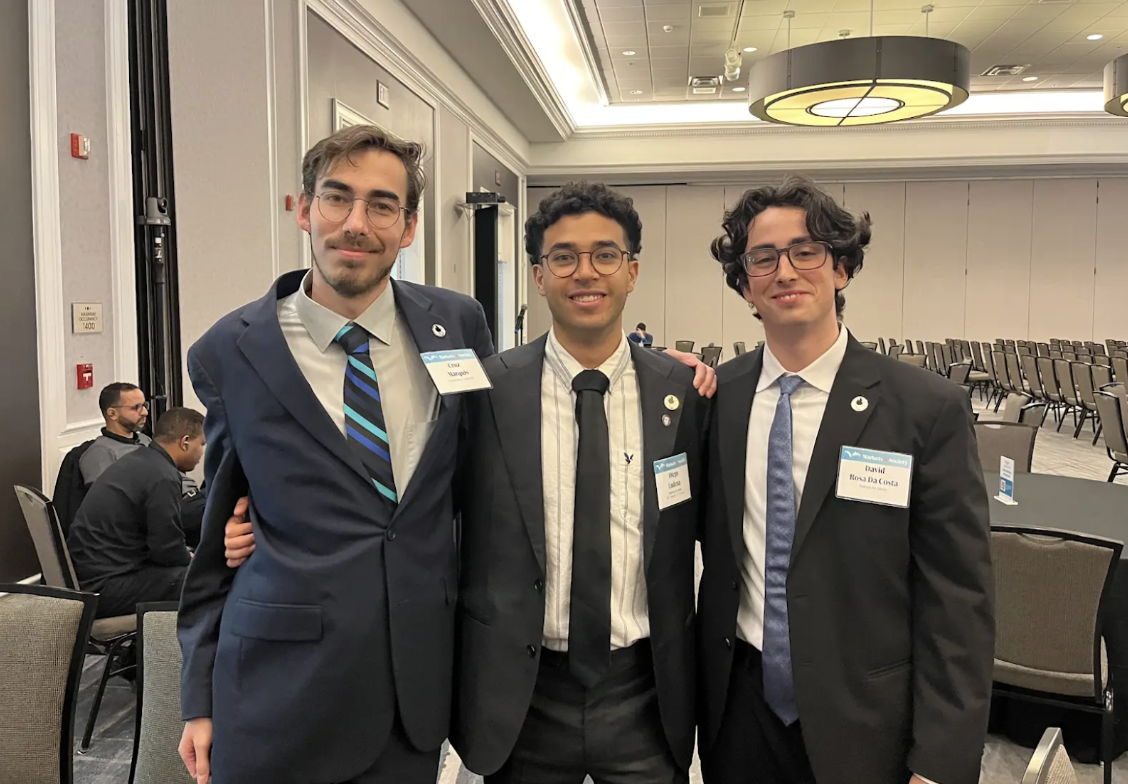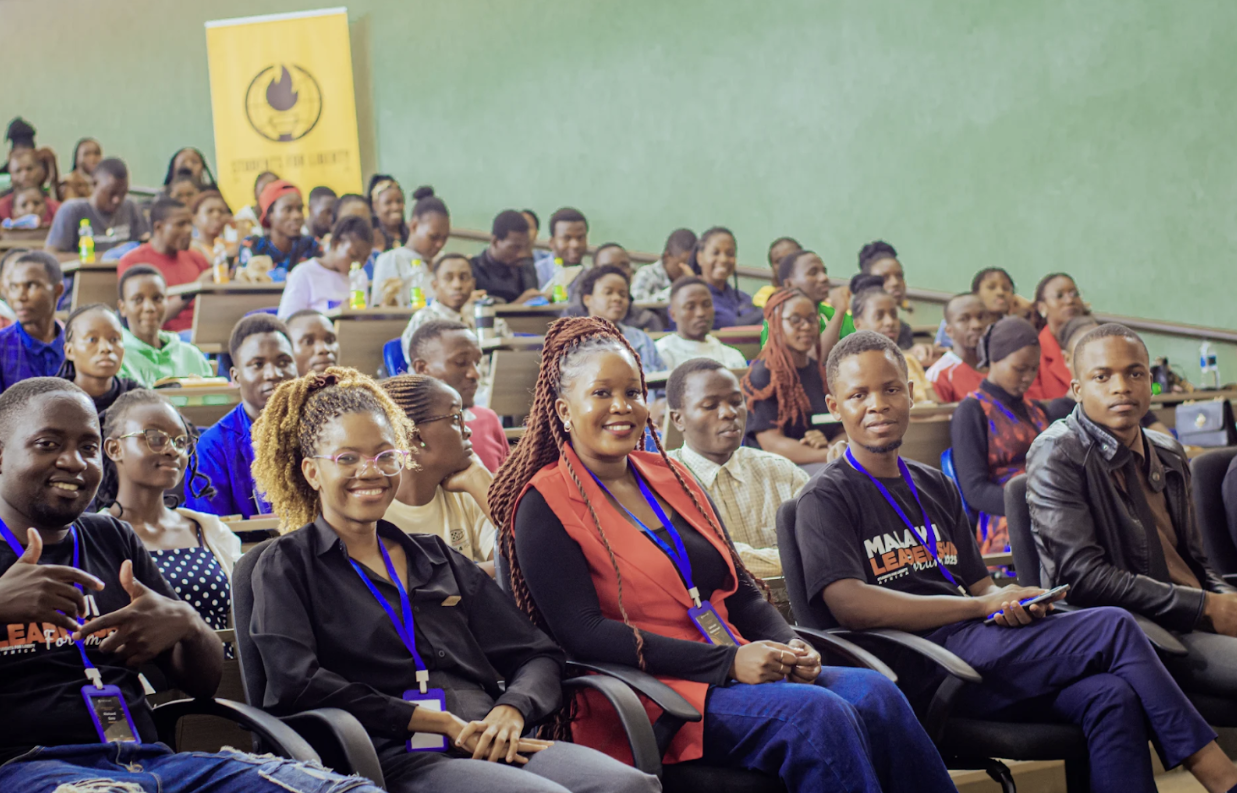If you’re a game hunter frustrated by regulations and licensing, consider joining the Wildlife Services, a federal agency that specializes in killing wild animals. The government has grown so large that it is the perfect example of the old idiom, “The left hand doesn’t know what the right hand is doing.” Wildlife Services is a waste of tax payer money to the tune of over $100 million that often kills endangered animals protected by law and protected by other Federal organizations for even more tax payer money.

Each year, Wildlife Services produces a report, documenting its kills. The running average being north of 2 million animals, including endangered species such as the Bald Eagle, 20 of whom were killed in 2015. One irresponsible practice in particular is the shooting of wildlife from various aircraft, which has resulted in several fatalities and injuries, largely due to crashes or self-inflicted damages by gunners shooting their own vehicle.
The Wildlife Services kills off animals in the name of defending livestock, though many of the animals killed or “destroyed” have little connection to livestock. As a mysterious and little-known service within the larger Kafkaesque landscape of federal agencies, departments, services, and offices, the Wildlife Services has been able to function with little criticism outside the Environmental movement.
Wildlife Services has been around for over a century, in one form or another, as it changed names and was passed between Federal Departments. In working to defend ranchers from the predations of wildlife both Wildlife Services and the various ranching lobbies that prop it up are working to push the cost of doing business on the public.
Alternatives to this enigmatic behemoth do exist. A mix of land-trusts, animal sanctuaries, and conservation groups, who report not to a bureaucrat but to their shareholders – the public.
Given that the Wildlife Services exist in the name of defending livestock, it is helpful to see how others are proposing to do the same, often more efficiently. Arguably the most libertarian view would be the adoption of predator insurance or the creation of a market that would compensate ranchers for loss by predation.

Alternatively, the growth of land trusts, organizations that preserve tracts of wilderness, can establish further barriers between federal and ranching lands. Organizations such as Jackson Hole Land Trust and the Mojave Desert Land Trust strategically acquire land to establish themselves as additional territories for predators to roam. Animal sanctuaries, are a third option. These organizations, particularly as they relate to predators, have become a vital source of not only preservation but also education for the general public such. One example of this is Montana Grizzly Encounter.
Some environmentalists and animal rights activists claim that despite these flaws, the government is still the best way to ensure preservation of both wilderness and wildlife. But they ignore the growing private sector focused on preservation. Simply put, if you maintain an active interest in the welfare of wildlife, the Wildlife Services is probably not for you.
This brutal approach to wildlife management is unacceptable but alternatives exist, particularly in the form of private sector innovation. Conservationist and preservationist groups, land trusts, and even insurance companies are drawing new paradigms towards saving our wildlife, starting with the end of the Wildlife Services.
This piece solely expresses the opinion of the author and not necessarily the organization as a whole. Students For Liberty is committed to facilitating a broad dialogue for liberty, representing a variety of opinions. If you’re a student interested in presenting your perspective on this blog, visit our guest submissions page.







